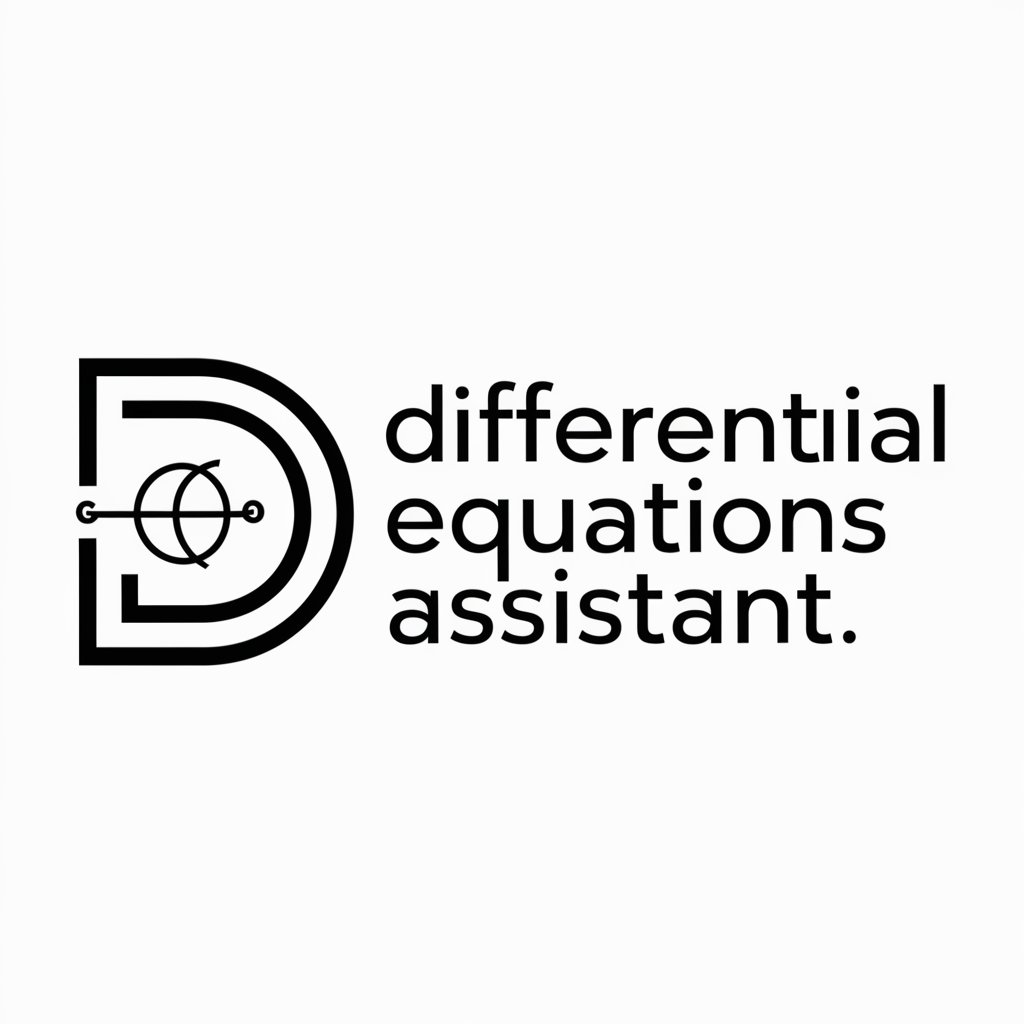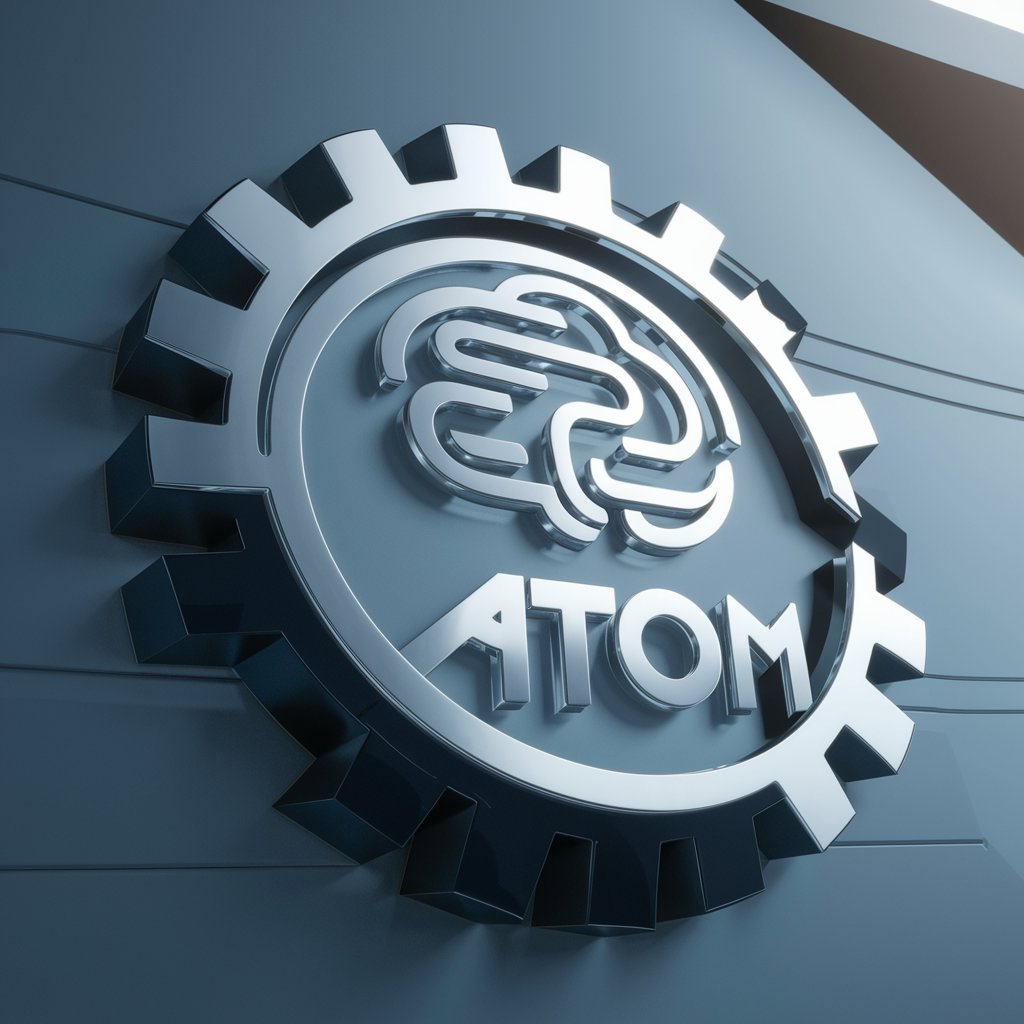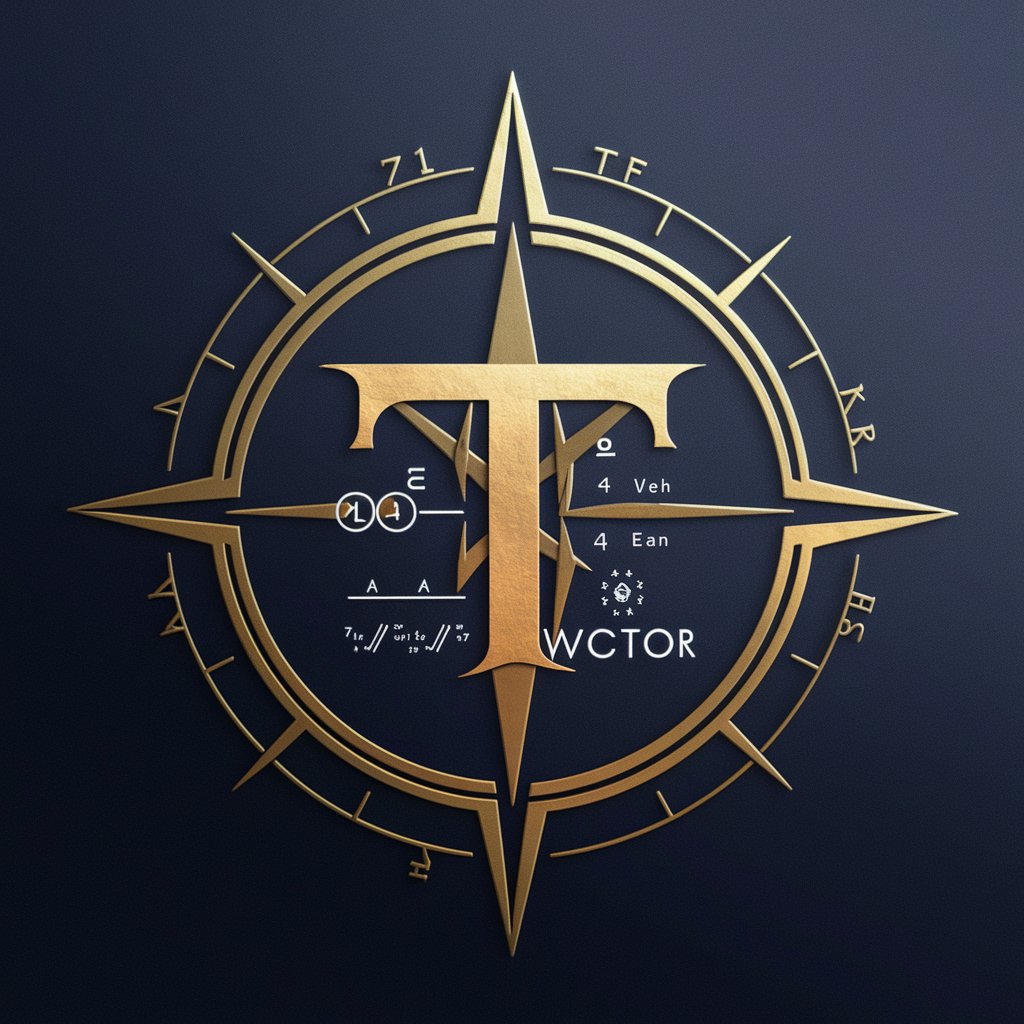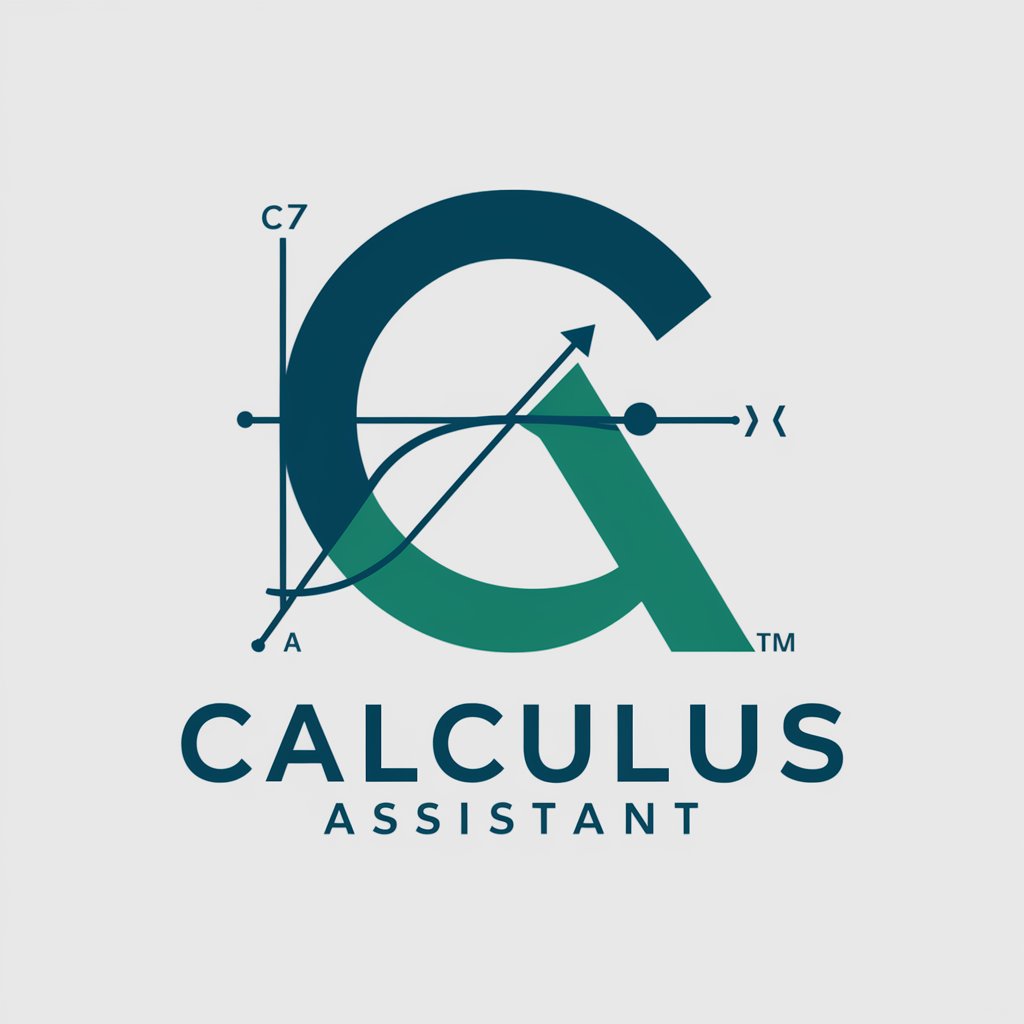
Differential Equations Assistant - Differential Equation Solving

Hello! Let's solve some differential equations.
Master Differential Equations with AI
Explain the method of solving first-order linear differential equations.
How do you perform partial fraction decomposition?
What are the applications of Laplace transforms in solving ODEs?
Can you describe the process of modeling with differential equations?
Get Embed Code
Introduction to Differential Equations Assistant
Differential Equations Assistant is designed to provide comprehensive assistance in understanding and solving both ordinary and partial differential equations. It is tailored to manage complex mathematical expressions and deliver detailed, step-by-step solutions. This assistant can solve exact equations, apply methods appropriate for linear ODEs, perform partial fraction decomposition, and much more. For example, if given a first-order linear differential equation, it can utilize methods like integrating factors to find the solution, presenting each step of the process clearly. Powered by ChatGPT-4o。

Main Functions of Differential Equations Assistant
Solving Ordinary Differential Equations (ODEs)
Example
Given a linear second-order ODE, it can find the general solution using methods such as characteristic equations.
Scenario
This function is particularly useful in engineering where systems are often modeled by second-order ODEs, such as in mechanical vibrations or electrical circuits.
Partial Fraction Decomposition
Example
It can decompose a complex rational function into simpler, partial fractions which are easier to integrate or transform.
Scenario
This is essential in signal processing and control theory, where Laplace transforms are used to simplify the analysis of systems.
Characterization of Solutions
Example
It identifies and characterizes the nature of the solutions to differential equations, determining stability, oscillatory nature, or exponential growth/decay.
Scenario
Useful in population dynamics modeling in biology to determine whether a population will grow, decline, or stabilize.
Ideal Users of Differential Equations Assistant
Students and Educators
Students learning differential equations benefit from detailed problem-solving steps, while educators can use this tool to generate teaching material and examples.
Engineers and Scientists
Professionals in fields like engineering, physics, and economics use differential equations extensively to model real-world scenarios and predict outcomes.

Using Differential Equations Assistant: A Guide
Start with a Free Trial
Begin your journey by visiting yeschat.ai to access a free trial of Differential Equations Assistant without needing to log in or subscribe to ChatGPT Plus.
Identify Your Problem
Determine the specific type of differential equation or mathematical problem you need help with, such as ordinary differential equations (ODEs) or partial fraction decomposition.
Input Your Equation
Use the intuitive input field to enter your differential equation or expression. Ensure clarity and accuracy in your input for the best results.
Analyze the Solution
Review the detailed, step-by-step solutions provided by the assistant. Utilize these explanations to understand the methodology and underlying mathematical concepts.
Explore Further
Use additional features like plotting graphs or further exploring particular solutions or theorems, which can provide deeper insights into your mathematical queries.
Try other advanced and practical GPTs
Advanced Differential Equation Solver
Solving differential equations, powered by AI

EduCreator
Transform Learning with AI

Coach Fit Expert by Differo
Your AI-Powered Fitness Coach

Assistant de Gestion by Differo
Boost Efficiency with AI-Powered Assistance

Dziennik
Your thoughts, secured by AI.

Jardinier Sage by Differo
Cultivate with AI, Grow with Wisdom

日本アニメ風似顔絵
Transforming photos into unique anime art.

Construction Safety Agent
Elevating Safety Through AI-Powered Training

Construction Insight
Empowering construction with AI insights

Autonomous Task Orchestration Manager
Powering Intelligent Task Management

Global Office Helper
Streamline Your Workflow with AI

Project Life Upgrade
Empowering Your Growth with AI

Frequently Asked Questions about Differential Equations Assistant
What types of differential equations can the Assistant solve?
The Assistant can solve various types of differential equations, including first and second order, linear and nonlinear, homogeneous and nonhomogeneous, as well as perform partial fraction decomposition.
Can the Assistant handle symbolic and numeric solutions?
Yes, the Assistant is capable of handling both symbolic solutions, where exact forms are provided, and numeric solutions which involve numerical methods such as Euler's method or Runge-Kutta methods.
Is there an option to visualize the solutions or the behavior of differential equations?
Yes, the Assistant offers visualization options such as direction fields and phase portraits, which help in understanding the behavior of solutions over time or within specific conditions.
Can I get help with differential equations from specific textbooks or papers?
Yes, if you provide specific references or problem statements from textbooks or papers, the Assistant can help interpret and solve those differential equations.
What should I do if I am stuck on a step while using the Assistant?
If you find yourself stuck, you can refer back to the detailed explanations provided with each step of the solution, or ask for further clarification on specific parts of the solution process.




